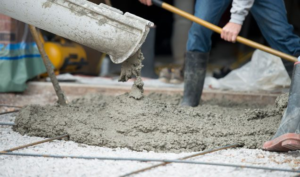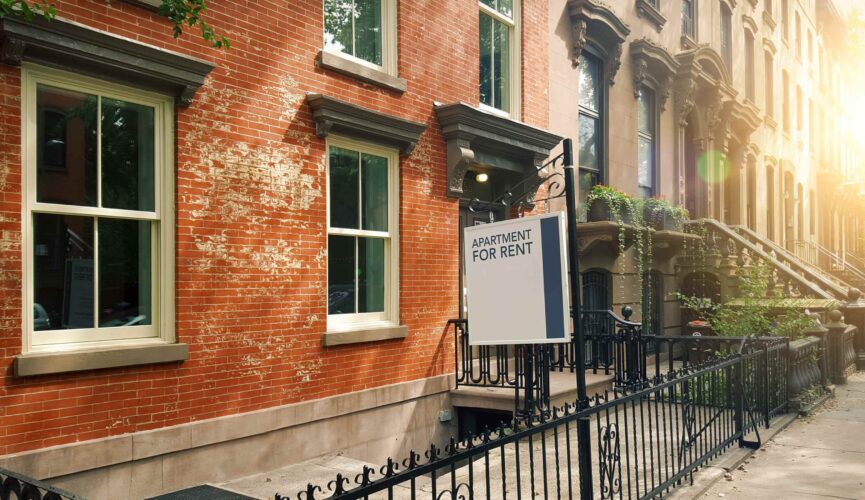Concrete Contractor Colorado Springs will have extensive experience in the field. This enables them to work efficiently and meet deadlines for projects.
They pour, build, and finish concrete foundations, structures, retaining walls, private driveways and sidewalks, and other related tasks. These contractors must be able to read blueprints and follow written and oral instructions.

A good concrete contractor knows the ins and outs of the construction process, including building and repairing structures using concrete. Their experience helps them anticipate and handle any problems during construction. This ensures that the finished product will meet all applicable codes and specifications. Concrete contractors can also access high-quality concrete supplies to ensure their work is as durable and long-lasting as possible.
When choosing a concrete contractor, look for a strong portfolio of past projects. This will show you their work’s quality and ability to complete projects within the allotted time frame. It would help to ask for references and testimonials from previous clients to get a firsthand account of the contractor’s skills and professionalism.
Concrete is a vital building material for both residential and commercial spaces. It is commonly used in foundations, patios, driveways, sidewalks, and curbs. Whether renovating your home or building a new office, you need a trusted concrete contractor who can handle the job and deliver quality results. An experienced concrete contractor will help you save money, time, and stress.
To become a qualified concrete contractor, you must undergo specialized training to obtain the necessary qualifications and licenses to perform substantial work. The most common method of becoming a concrete contractor is participating in an apprenticeship program, where you learn the trade through on-the-job experience with a master concrete mason. You can join the Cement Mason Union to gain employment opportunities and benefit from a comprehensive education and training program.
In addition to having a license and insurance, you must have the proper equipment and tools to perform concrete work. These tools will prevent you from being held liable for any damages or injuries caused by unsafe materials or workmanship. A professional contractor will keep their tools in good working condition and follow all state and local regulations when it comes to handling hazardous materials.
A reputable concrete contractor will have workers’ compensation, general liability insurance, and bonding. These are essential safeguards against any damage or injury during the construction project. They should also be knowledgeable about the latest concrete technologies and trends.
Concrete is a heavy and difficult material that requires specific skills to work with. A licensed concrete contractor has the skills and equipment to complete various projects. They know proper safety protocols and are familiar with the latest construction techniques. If you’re looking for a concrete contractor, research their experience and credentials. You can also ask for references and examples of their work.
Commercial concrete contractors are often responsible for several large projects. They must be able to manage a crew and keep up with the demands of a fast-paced schedule. Additionally, they may need to obtain permits for their work. They could be fined or even lose their business license if they don’t.
To become a licensed concrete contractor, applicants must pass a background check and have a clean criminal record. They must also have the appropriate qualifications and financial statements to prove they are financially viable. In addition, many states require concrete contractors to carry liability insurance. This protects homeowners in the event of damage or injury during a job.
A concrete contractor’s responsibilities include building foundations, slabs, and basements. They also install sidewalks, parking areas, fence footings, driveways, and concrete stairs. They must be able to mix and pour the concrete and finish and cure it. Additionally, they must be able to read blueprints and follow building codes.
Many concrete contractors work with architects and engineers throughout the construction process. They are responsible for ensuring that the concrete meets building standards and is safe to use. They also ensure that the concrete is properly poured to minimize cracking and other structural issues.
Concrete contractors are also responsible for preparing the site and building the formwork before the concrete is poured. They usually construct forms made of wood, metal, or plastic that are used to shape the concrete. They must also ensure that the concrete is poured correctly and that there are no air bubbles. Finally, they must add any finishes the client requests, such as color or texture.
Concrete contractors have a high risk of accidents and injuries on the job. They also have to deal with heavy equipment and work on unstable surfaces that can cause structural damage. The right insurance policies can protect a concrete business from expensive legal costs and financial losses. A concrete contractor should consider several different types of insurance, including general liability, workers’ compensation, commercial auto, and professional liability.
General liability is an essential policy for any contractor. It can cover basic third-party risks, like a lawsuit over concrete tracked across a client’s floor. It can also be bundled with other policies for savings in a business owner’s policy (BOP).
Many states require that concrete businesses carry workers’ compensation. This policy covers medical expenses and lost wages for employees who are injured on the job. It can also cover the cost of lawsuits filed against the company over work-related injuries. In addition, concrete contractors may need to buy commercial auto insurance for vehicles used during business. This coverage can pay for damages to other cars and people when your concrete trucks are involved in an accident.
Liability insurance for concrete contractors may also include completed work insurance, which can pay for repairing or replacing faulty concrete work done by your company. For example, if you pour a foundation that cracks later on or if you have to redo a concrete slab because of poor artistry, your clients can sue you for the additional expense. This type of insurance can pay for things like a lawyer’s fees and court costs.
Depending on the type of work your concrete business does, you might need professional liability. This type of insurance can cover the cost of a lawsuit if your advice or work results in financial loss or injury to a client. It can also pay for any damages awarded.
Some states require that concrete contractors carry workers’ compensation, general liability, commercial auto, and commercial property insurance. You should check your state’s requirements before buying these policies. If you use subcontractors for your work, ask them to provide proof of their insurance before hiring them. This way, you can avoid paying higher premiums for workers’ compensation and auto insurance.
When you look for a concrete contractor, customer service is key. You want to work with a professional who responds to your inquiries promptly, listens to your feedback and concerns, provides accurate information regarding budgets, timelines, and materials, and is always willing to go above and beyond to ensure your project is done right.
Reliable contractors will take the time to create a detailed estimate, including types and amounts of materials, labor, scheduling, and contingencies, before starting any work. This is the best way to ensure you receive quality work and stay within your budget. In addition, you should never hire a contractor who gives verbal estimates or promises to complete the job quickly, as these are often unrealistic.
A good concrete contractor will have a portfolio of previous projects they can show you. This is a great way to get an idea of the contractor’s style and level of expertise. They should also be able to provide references so that you can talk to past customers and see how they felt about the contractor’s work.
Regarding commercial concrete, you will need a contractor who understands the intricacies of working with different materials and constructing complex structures. A reputable concrete contractor will have experience in various commercial projects, from concrete flooring and sidewalks to foundations and retaining walls. They will also know how to deal with unforeseen issues like soil compaction or drainage problems that may delay construction or affect the finished product.
It would help if you also looked for a concrete contractor with the proper licensing and insurance. This will protect you in case of any accidents or damage to your property during the project. In addition, a qualified concrete contractor will have the necessary tools and equipment to complete the project promptly and cost-efficiently.
You can find a local concrete contractor using the Concrete Network directory. This website allows you to search for local companies by state and area, view pictures of their work, read testimonials, and request quotes.
